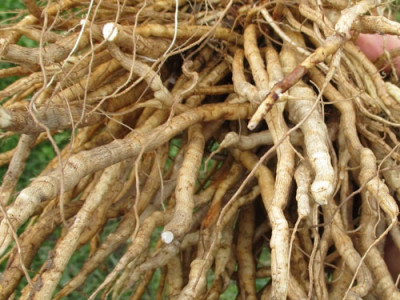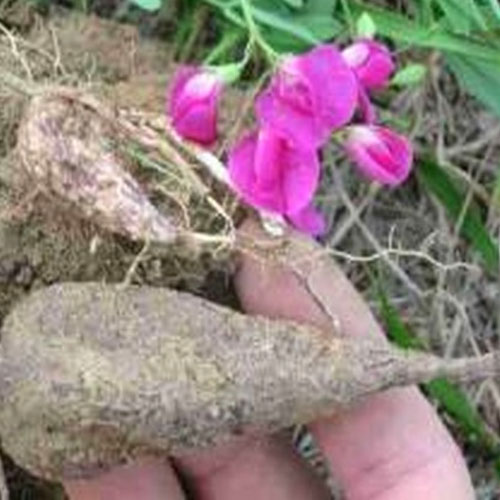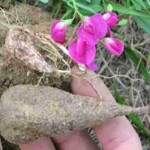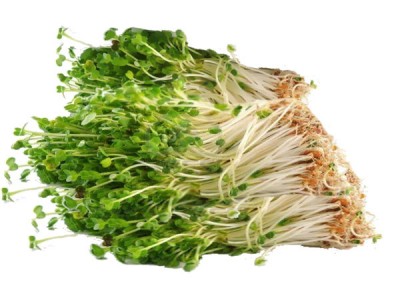

Earthnut Pea -Root Vegetable Properties
Earthnut pea
Plants and trees are magnificent species which are created by the almighty. Though earth is filled with flora and fauna, human being also play a vital role in preserving the mother earth. Many species would have vanished from the earth due to pouching, if the authorities have not taken special steps to curb this menace. But there is always threaten from external force to the planet and species. This topic will deal with the plantae named earthnut pea which is a weak climber which grows up to 1.2 m tall. The botanical name of this plant is Lathyrus tubeosus.
Properties
These plants grow throughout the year and the tubers grow up to 3 to 5 cm which is attached to the roots. The stem of these plants grow up to 30 to 80 cm and is sprawling, wingless and nearly hairless. The leaf blades are pinnate with a single pair of broad lanceolate leaflets with blunt tips, entire margins and a terminal tendril. The inflorescence has long stem and two to seven pinkish-red flowers, each 12 to 20 mm long. These have five sepals and five petals and are irregular, with a standard, two wings and a fused keel. There are ten stamens and a single carpel. The fruit is a flat brown pod containing up to six seeds.
This plant flowers in the months of July and August. These root vegetable is grown for its edible tuber and has been cultivated at least since the 17th century. These plants grow wonderfully in road side embankments, railway yards, wasteland, parks, ornamental and hedge row. The large fragrant flowers attract plenty of bees. Leaves are alternate, stalked and stipulate. This antique vegetable is considered as one of the most delicious root vegetables which can be boiled or roasted.Flowers distilled for scent and are borne in 2-7 flowered auxiliary racemes. The seeds are dispersed through wind or by bees.
Side Effects
Although no records of toxicity is found in this plant, it is better to avoid eating in large quantities since it has toxic amino acids and may cause a disease named ‘lathyrism’.


